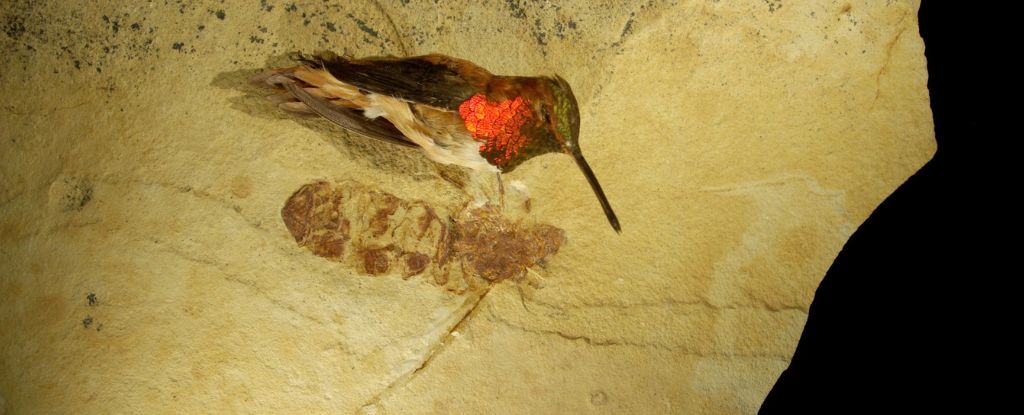
Fossil of Giant Ant Challenges Our Understanding of Insect Sizes
In 2022, scientists discovered a fossil of a giant ant in British Columbia, Canada. The ant was estimated to be about the size of a hummingbird, which is much larger than any known ant species today. This discovery has challenged our understanding of the size of insects and raises questions about how ancient life spread. In this article, we will explore the implications of this discovery and what it tells us about the evolution of ants.
The discovery of the giant ant fossil was made by a team of researchers from the University of Victoria and the Royal BC Museum. They named the ant Titanomyrma lubei, after the co-discoverer Bruce Archibald's father-in-law. The fossil was found in Princeton, British Columbia, and dates back to the Eocene period, which was around 49 million years ago.
Also Read:
The discovery of Titanomyrma lubei challenges our understanding of insect sizes. The largest ants alive today are about an inch long, but this fossil is estimated to be around 2.4 inches in length. This makes it the largest ant fossil ever discovered and one of the largest insects from the Eocene period. The researchers believe that Titanomyrma lubei may have been able to fly, which would make it the largest flying insect known to have existed during the Eocene period.
The discovery of Titanomyrma lubei also raises questions about how ancient life spread. The researchers believe that the giant ant may have lived in the Arctic during the Eocene period when the region was much warmer than it is today. This suggests that there may have been a land bridge between Asia and North America that allowed animals and plants to migrate across the Arctic. This discovery supports the idea that the Arctic played a significant role in the spread of life during the Eocene period.
The discovery of Titanomyrma lubei has also shed light on the evolution of ants. Ants are social insects that have been around for millions of years. They are known for their complex societies and ability to work together to achieve common goals. The discovery of Titanomyrma lubei suggests that ants may have evolved to be larger during the Eocene period to take advantage of the warm climate and abundant food sources.
The researchers believe that Titanomyrma lubei may have been a predator that hunted other insects. Its large size would have allowed it to take down prey that other ants could not. This suggests that the evolution of ants may have been driven by competition for resources and the need to adapt to changing environmental conditions.
In conclusion, the discovery of the giant ant fossil Titanomyrma lubei has challenged our understanding of insect sizes and raised questions about how ancient life spread. The discovery suggests that the Arctic played a significant role in the spread of life during the Eocene period, and it sheds light on the evolution of ants. The discovery of Titanomyrma lubei is an exciting development in the field of paleontology and has the potential to lead to new discoveries about the evolution of insects and the spread of life on Earth.
Read More:
That's it for this article.
Thanks for Visiting Us – fixyanet.com


0 Comments